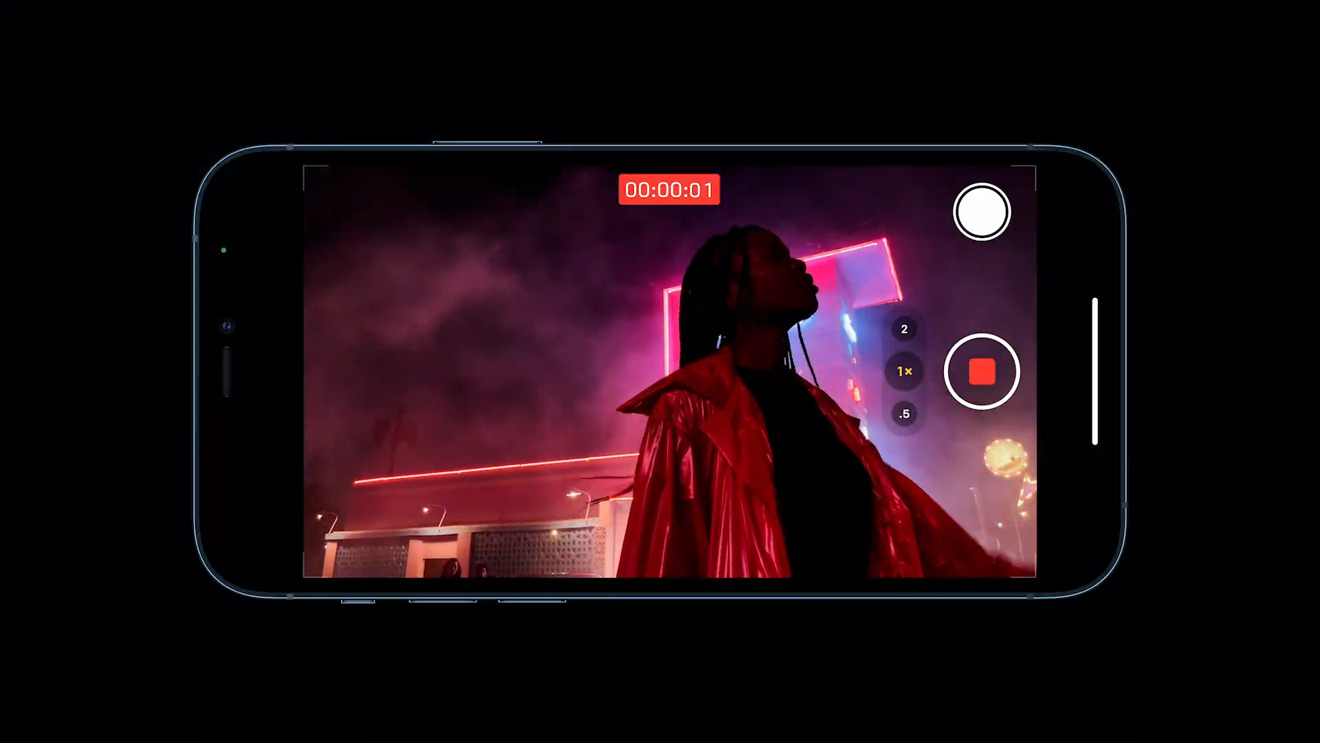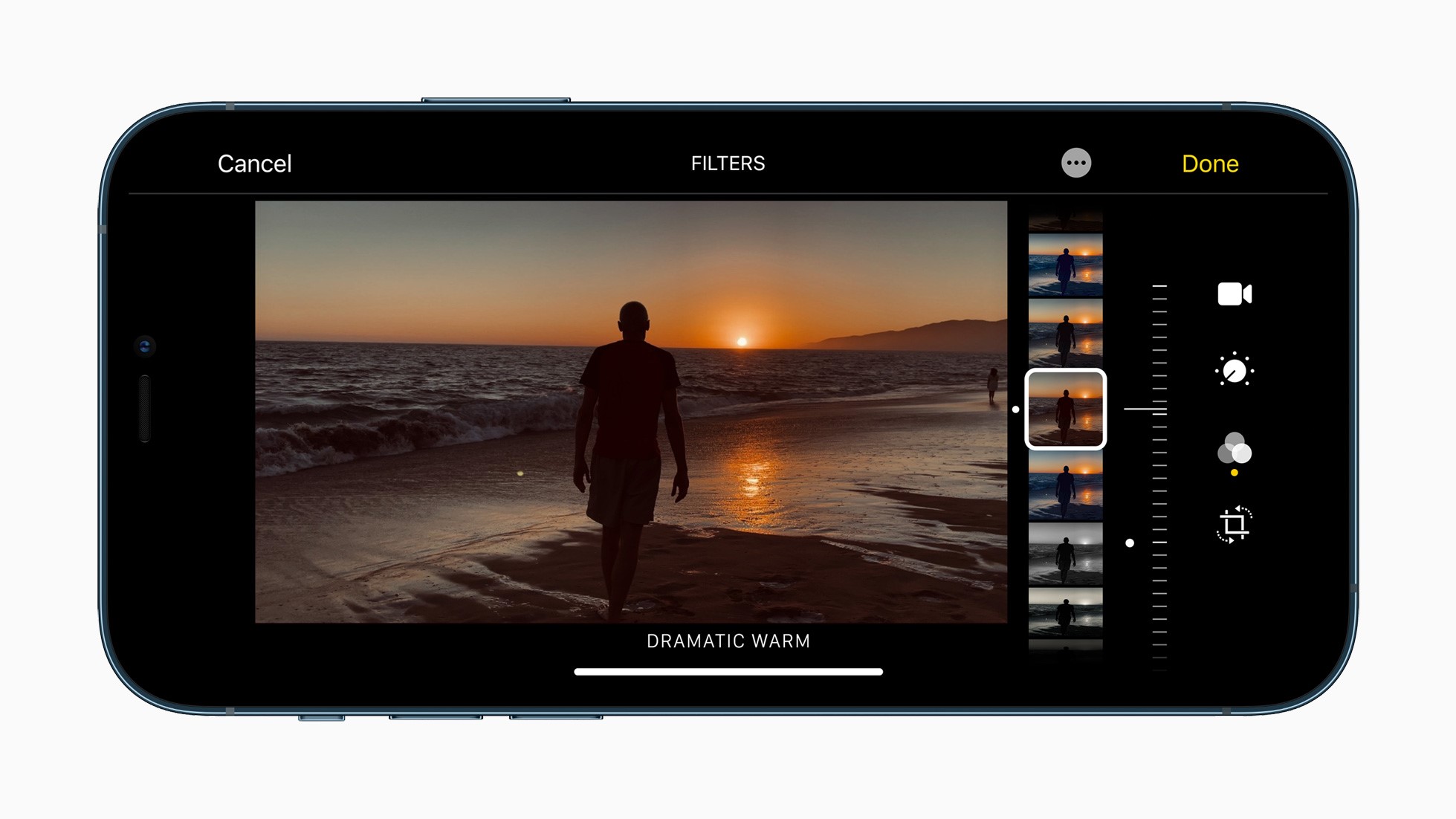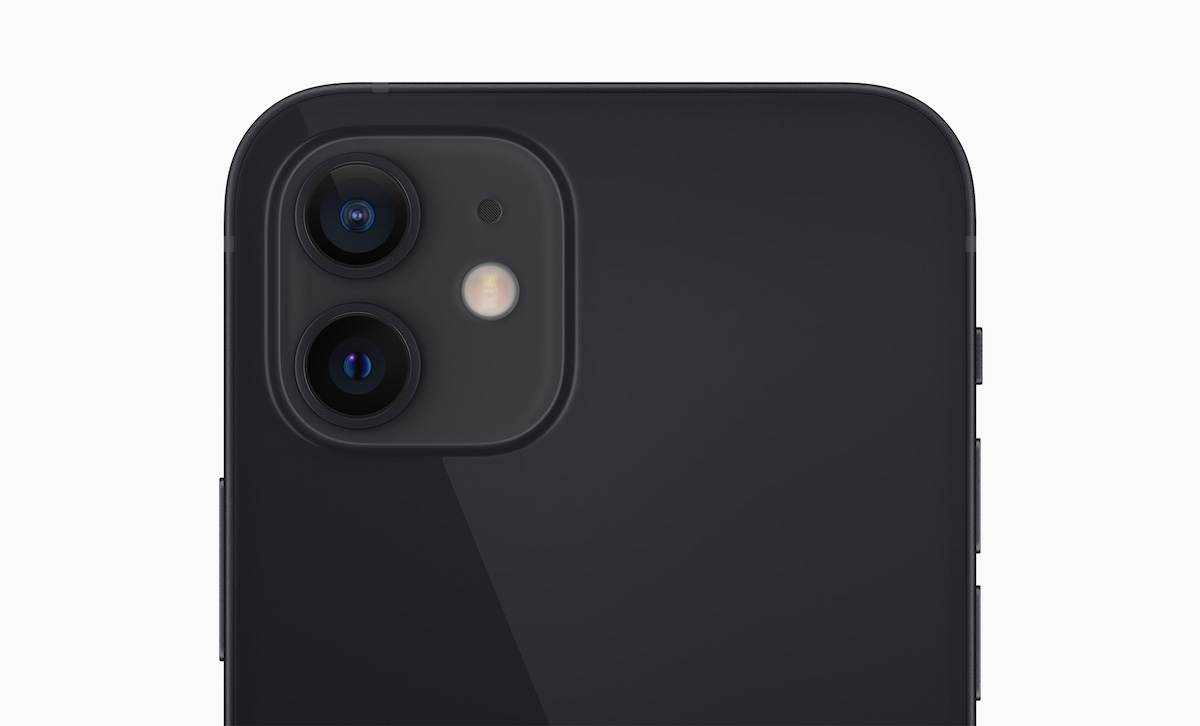Intrigued about the new iPhone 12 Dolby Vision HDR video recording feature? Here is how it works on Apple’s new smartphones.
Apple’s iPhone 12 lineup is jam-packed with a ton of new and innovative features like 5G and a brand new snap-on system for charging and more with MagSafe accessories. But, perhaps the most powerful addition for videographers is the ability to shoot and edit 10-bit HDR video in Dolby Vision.
According to Apple, the iPhone 12 Pro and iPhone 12 Pro Max are the only cameras that “can shoot, edit, and playback in Dolby Vision.” Both models can shoot up to 60 fps in Dolby Vision. The iPhone 12 and iPhone 12 mini also support Dolby Vision but are limited to 30 fps.

How does Apple’s iPhone 12 Dolby Vision video capture work
Dolby Vision is a proprietary HDR video format. HDR (high dynamic range) videos contain a lot more information than the standard dynamic range (SDR) videos. A camera that can capture HDR video records more information about a view, including a wider variety of colors and more noticeable detail in the highlights and shadows.
The iPhone 12 and iPhone 12 mini will be able to shoot Dolby Vision video in 4K at 30 frames per second. If a customer opts for the iPhone 12 Pro, they will get Dolby Vision capture in 4K at 60 frames per second, since the iPhone 12 Pro ships with extra RAM.

The A14 Bionic is the game-changing component that has allowed Apple to embrace HDR recording for the first time. It is because of this that users with older devices should not expect Dolby Vision or any kind of 10-bit HDR recording to be added to their device via a software update.
It is important to note that the iPhone 12 has a 10-bit OLED display that’s capable of 1200 nits peak brightness, which is brighter than most OLED panels used in monitors. So, users may want a Dolby Vision compatible display to view their footage on.
Additionally, users will then need to learn how to grade HDR footage for the format they are targeting, which would be open standards like HDR10 or Hybrid Log-Gamma (HLG). An editing station might also be helpful since this involves working with large files.

Of course, there are still many limitations to using a smartphone to shoot video. The iPhone 12 is still limited by its form factor, tiny sensor, fixed lens, and battery life. Having said that, users can still expect a big leap in video quality, color volume, and peak brightness over SDR video.
Apple’s iPhone 12 Pro and iPhone 12 models launched on in October. The iPhone 12 Pro Max and iPhone 12 mini will available to preorder on November 6 on apple.com.
Read Also:
5 comments